Straight Hair Guide: Everything You Need To Know About It
A sleek mane is a wonder to behold, but it has many good and bad aspects.

Image: Shutterstock
Straight hair is best described in two words – chic minimalism! You can style it in a tight, sleek ponytail, a messy top knot, or let it cascade loosely over your shoulders – it always looks on point. While some of us have to straighten our hair with a straightener or blow dryer, others are born with it.
A frequent misconception is that naturally straight hair is easy to manage as it looks smooth and frizz-free. But straight hair comes with a special set of problems. It can often look flat and lifeless and feel weighed down and greasy. This hair type requires TLC and a designated hair care routine. Check out some hair care tips to care for your silky locks!
In This Article
What Is Straight Hair?
Straight hair is type 1 hair and lies flat on the scalp. It tends to be glossy and shiny compared to other hair types as the natural oils can travel from the root to the tip easily. That is also one reason that the straight hair surface reflects more light.
Usually, those with straight and silky hair have an oily scalp, and the hair is prone to greasiness. Naturally, straight hair can be further categorized into three types. Let’s learn about them in detail in the next section.
Individuals of European or Asian descent are more frequently observed to have straight hair. A global study involving 2138 individuals examined their genetic makeup and found that Europeans and Asians tend to have less curly hair than Africans. Through genotyping, it was determined that the majority of European individuals have either wavy (46.6%) or straight (40.7%) hair, with a smaller percentage having curly hair (12.7%). Similarly, for Asians (both East and West), the predominant hair types are straight (46.7%) or wavy (41.3%), with a smaller percentage having curly hair (12%). In contrast, most individuals of African descent have curly hair (94.9%), with a minority having wavy hair (5.1%).
Key Takeaways
- Straight hair usually looks chic, smooth and sleek, and are easy to take care of.
- Fine, medium or coarse, and straight hair, most often than not, lacks volume and can appear flat, greasy, and lifeless if not taken proper care.
- Though there are few styling options for straight hair, layers, bangs, and braids can add some dimension and variation to your hairstyle.
Understanding Different Types Of Straight Hair
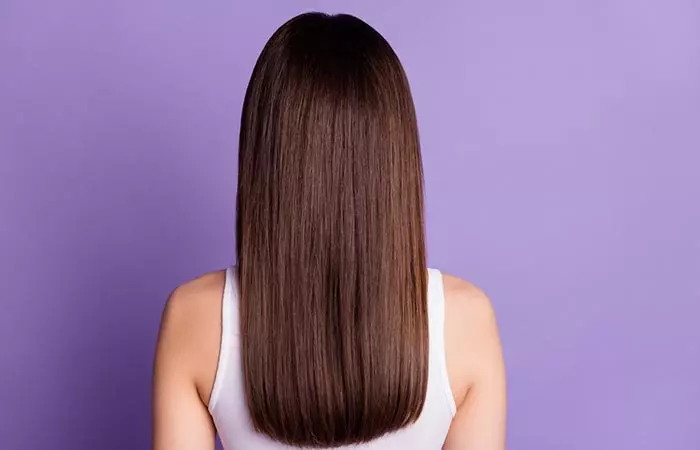
Type 1 straight hair can be divided into three categories:
- Type 1A (Fine): This type of hair is poker straight, without any hint of curl or wave. The hair strands are thin and wispy and cannot hold curls even after styling. Usually, Asian women have this type of hair.
- Type 1B (Medium): This type of hair has a bit more volume and body and is not as flat as type 1A. When left unstyled, type 1B hair remains straight but can hold curls.
- Type 1C (Coarse): This type of straight hair is usually thick and coarse and may get frizzy. When air-dried, type 1C hair gives you a tousled look while still lying flat.
Type 1 hair appears manageable and has some advantages. However, it is not easy to maintain. Let’s evaluate the pros and cons of having naturally straight hair.
 Did You Know?
Did You Know?Advantages Of Straight Hair
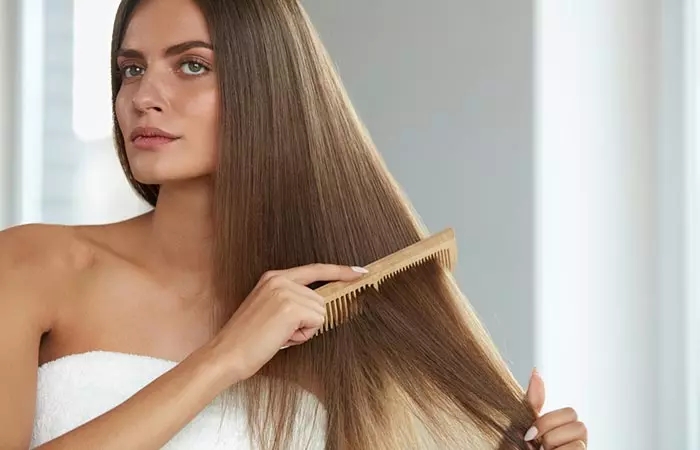
- It Is Manageable
Straight hair is easier to handle, style, and brush. It does not get tangled easily and looks sleek and smooth.
- It Stays Moisturized
The natural oils from the scalp can easily travel down to the hair ends. This helps straight hair stay moisturized, nourished, and healthy. It also prevents split and dry ends, and the hair appears sleek and shiny.
- It Is Easy To Grow Out
Compared to other hair types, straight hair is much easier to grow long and strong. The natural oils keep the strands polished, lustrous, and nourished and prevent hair breakage, dryness, and frizz.
Disadvantages Of Straight Hair
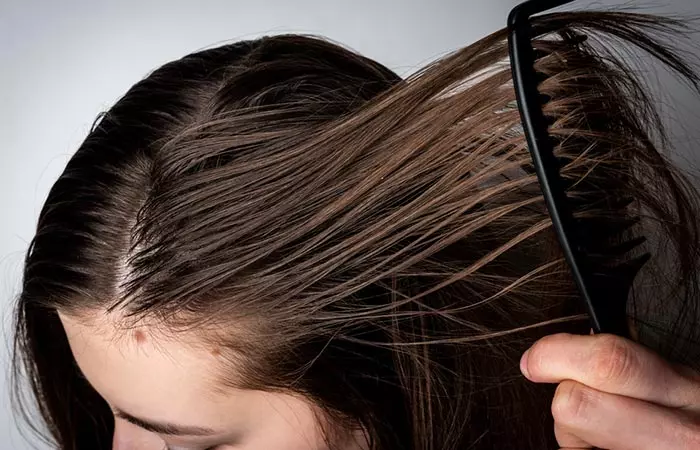
- It Lacks Volume
Straight hair lies flat on the scalp and lacks body. It is often a struggle to make it appear voluminous with hairsprays and other hair styling methods.
- It Turns Greasy
Straight hair has smooth cuticles, and the sebum can quickly spread across the hair length, making it look greasy. Moreover, as the hair lies flat on the scalp, the sebum and grease are visible on the crown. Straight hair often needs frequent washing.
If you have straight hair, you can experiment with multiple styling options. From long layers to a neat bob, there are several looks you can try, depending on the face shape and hair thickness.
- There Are Minimal Styling Options
Although straight hair is a dream for many, it lacks the texture and volume required to explore different styling options.
Straight hair is difficult to style and may need many products to hold a particular hairstyle. However, you can experiment with different haircuts and styles to spice things up. Here are a few tips.
How To Style Straight Hair

- Layering
Layering adds body, texture, and movement to your locks that would otherwise remain flat. Based on your face shape, work out the length of the layers. Ensure they frame your face and blend with the rest of your hair as they grow.
- Short Bob With Side Bangs
This hairstyle suits a round face. A short, angular bob is low maintenance and looks fabulous with the hair dropping right below the nape. You can go for sharp and bold cuts or keep the edges soft and feminine. This hair cut adds extra volume to your straight and flat hair.
- Braids
Braids are the easiest way to style straight hair. You can go for the classic middle part look or spice up your look with a side part and several mini braids. If you have long and straight hair, you can also go for the waterfall braid.
Straight hair requires maintenance. In the next section, we discuss ways to care for it.
How To Care For Straight Hair: Expert Tips
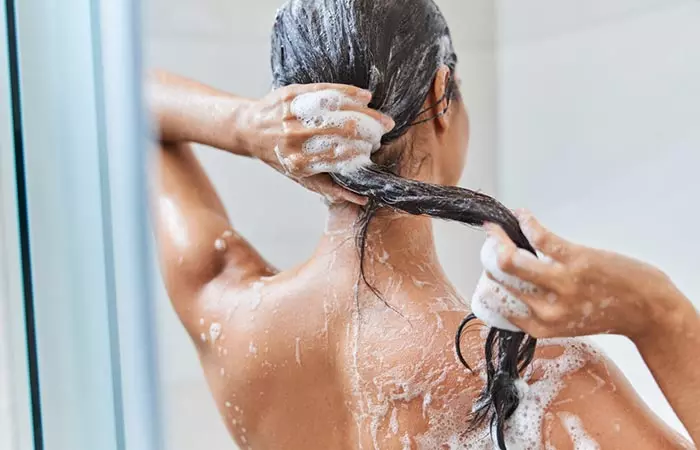
- Use A Gentle Shampoo And Conditioner
Straight hair is prone to grease and oil buildup and may require frequent washing (thrice a week).
Always use a gentle, SLS-free shampoo and conditioner for regular usage. Use a clarifying shampoo once in a while to remove buildup. Look for products with apple cider vinegar, honey, hydrolyzed keratin, and aloe vera to keep your hair replenished.
- Apply Dry Oil
Even though type 1 hair is not prone to frizz, sometimes, humidity and weather conditions may cause frizz. In such a case, use a few drops of dry oil to shield the strands and minimize frizz.
 Quick Tip
Quick Tip- Avoid High Heat Settings
Use blow dryers and other heat styling tools at the lowest heat setting. When blow drying your hair, finish off with a blast of cool air to flatten the cuticle. Also, use a heat protectant before styling your hair.
- Use The Right Brush
A paddle brush is straight hair’s BFF. The flat surface reduces static and smoothens the hair, and the bristles can easily detangle the hair without causing shedding. Use only a paddle brush on dry hair. Brushing wet hair stretches and tears the hair causing broken flyaways, especially close to the scalp.
- Choose Conditioner Wisely
While other hair types may need additional moisture, people with straight hair should be extra careful while choosing a conditioner. A creamy and thick formula can easily weigh straight hair down and cause buildup. Always go for a lightweight formula.
Vivian, a YouTuber, shares her straight hair routine, offering tips for volume and maintaining a sleek look. She says, “Basically the steps I take to get straight hair and a few tips and tricks I like to do to make sure my hair stays volumized and doesn’t fall flat (i).” She recommends keeping your hair in a bun to prevent it from laying flat. She uses a heat protectant before heat styling her hair. She adds not to add any hair products only to the ends or mid areas of your hair and not on the roots. If you need to enhance hair volume, consider using a dry shampoo. She uses a hair spray after styling her locks. She says, “It’s really really simple but I feel like these little tips go a long way.”
Moreover, straight hair has low porosity and can be prone to frizz. Therefore, learning how to get smooth hair and knowing effective techniques may help you keep your hair soft, smooth, and frizz-free.
In the next section, take a look at the type of products you can use to keep your hair healthy.
Best Products For Straight Hair
- Leave-In Products
A lightweight leave-in serum, conditioner, or oil can help repair dry and damaged straight hair and adds shine to it.
- Dry Shampoo
Dry shampoo can absorb excess oil and grease from the scalp and keep your hair refreshed. It also helps minimize greasiness without weighing the hair down.
- Finishing Spray
Finishing sprays or texturizing sprays can add volume, hold, and texture to your straight and fine hair, making it easier to hold a particular hairstyle.
There are also a few beauty myths regarding straight hair. In the next section, we have explored the truth behind those myths.
Myths About Straight Hair
Myth 1: Cold water helps keep the hair shiny and straight
.
Truth: Cold water helps flatten the cuticles, retain moisture, and make the hair smooth. Water temperature cannot change your hair type.
Myth 2: Heat styling tools at high temperatures help maintain straight hair.
Truth: No. High temperatures may make it easier to straighten the hair quickly, but it may also cause severe damage and lead to breakage and frizz.
Infographic: 6 Tips For Maintaining Straight Hair
Straight hair is versatile and can be styled into a top knot or left open. While this hair type is easy to style, it can also become greasy if not cared for properly. Check out the infographic below for simple tips to maintain straight hair easily and properly.

Illustration: StyleCraze Design Team
Straight hair lies flat on the scalp and is easy to distinguish. It stays moisturized and is easier to handle and grow out when compared to other hair types. However, it often turns greasy and lacks volume, and there are minimal styling options for this hair type. Braids and layering are some styling techniques for straight hair. Using a gentle shampoo and conditioner, applying a dry oil, avoiding high heat settings on styling tools, and using the right brush may help manage straight hair. Also, using lightweight leave-in products, dry shampoos, and finishing sprays may help keep your hair healthy.
Frequently Asked Questions
How frequently should I wash straight hair?
For those with straight hair, a regular washing routine of 2-3 times a week is ideal. This helps maintain natural oils, prevent dryness, keeping your hair healthy and shiny.
Does rice water straighten hair?
Anecdotal evidence suggests that rice water helps straighten hair. The presence of antioxidants, vitamins, and minerals may help straighten hair. However, limited studies are available to prove these claims.
Can coconut oil straighten hair?
Yes. Coconut oil is the only oil found to reduce protein loss in damaged hair, and it helps decrease frizz and offers hair nourishment (1). In addition, it may help make your hair smoother and straighter.
Can aloe vera straighten hair?
Aloe vera gel can penetrate your hair shaft, moisturize it, reduce the frizz, and possibly help make it straighter.
Does straightening cause hair loss?
Yes. Excessive use of chemicals and heat during the straightening process can cause hair damage, which can make it thin and result in hair loss.
Does milk straighten hair?
Milk is considered a natural hair straightener. Milk proteins, like casein, may help reduce dry hair and smoothen the tresses. This naturally helps straighten your hair. You can also explore how to straighten hair naturally and try different remedies involving ingredients like milk and milk products such as curd.
Is straight hair rare?
No. Straight hair is one of the most common hair types in the world. Around 45% of individuals have straight hair (2).
Illustration: Straight Hair Guide: Everything You Need To Know About It
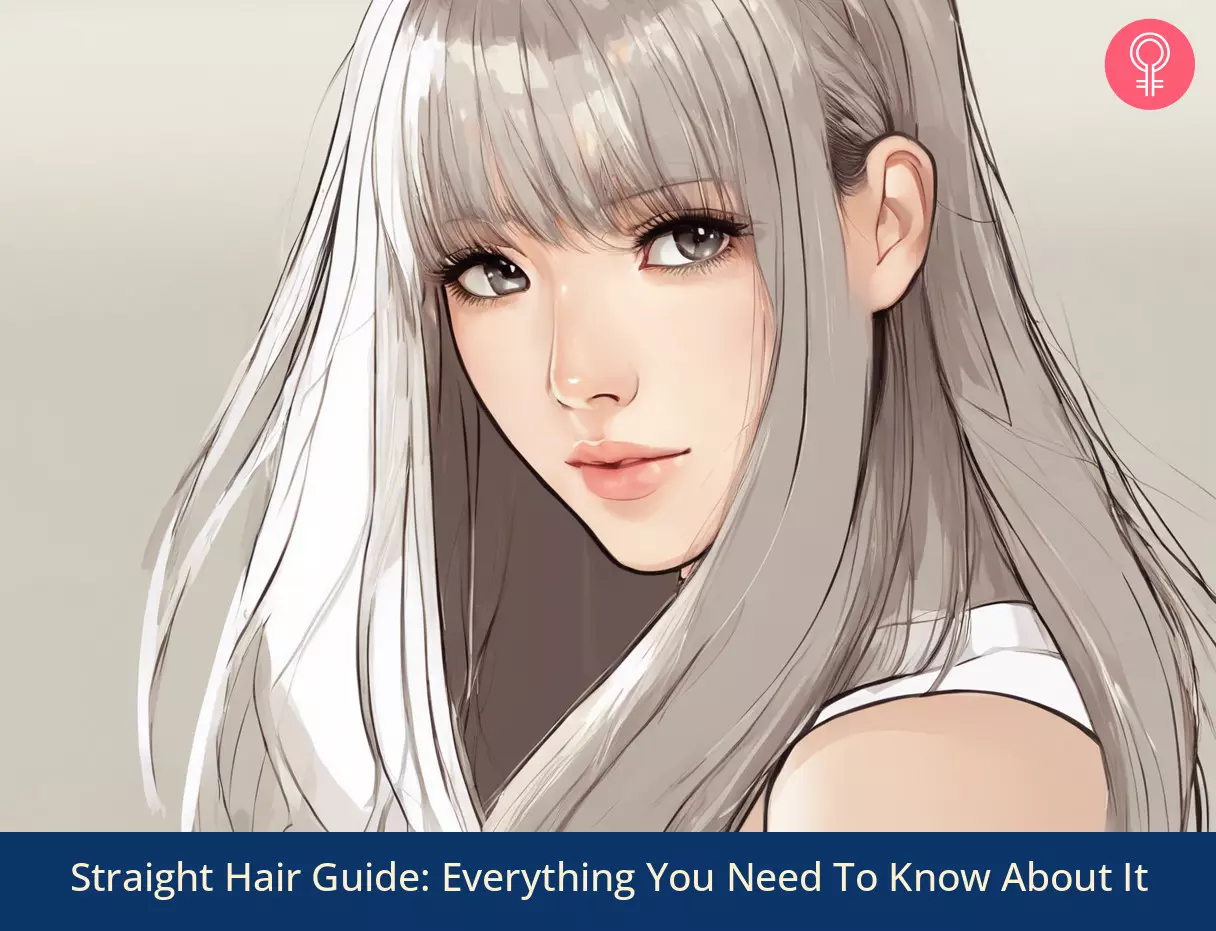
Image: Stable Diffusion/StyleCraze Design Team
Learn 5 easy home remedies for perfect hair straightening. Get salon-quality results without the expensive price tag by checking out the video below.
Personal Experience: Source
StyleCraze's articles are interwoven with authentic personal narratives that provide depth and resonance to our content. Below are the sources of the personal accounts referenced in this article.
i. Straight Hair Routine + Volume Hair Tipshttps://www.youtube.com/watch?v=IOX3RF-1XTU
References
Articles on StyleCraze are backed by verified information from peer-reviewed and academic research papers, reputed organizations, research institutions, and medical associations to ensure accuracy and relevance. Read our editorial policy to learn more.
- Hair Cosmetics: An Overview
https://www.ncbi.nlm.nih.gov/pmc/articles/PMC4387693/ - Common Variants in the Trichohyalin Gene Are Associated with Straight Hair in Europeans
https://www.ncbi.nlm.nih.gov/pmc/articles/PMC2775823/
Read full bio of Madison Dufour
Read full bio of Ramona Sinha
Read full bio of Eshna Das
Read full bio of Swathi E







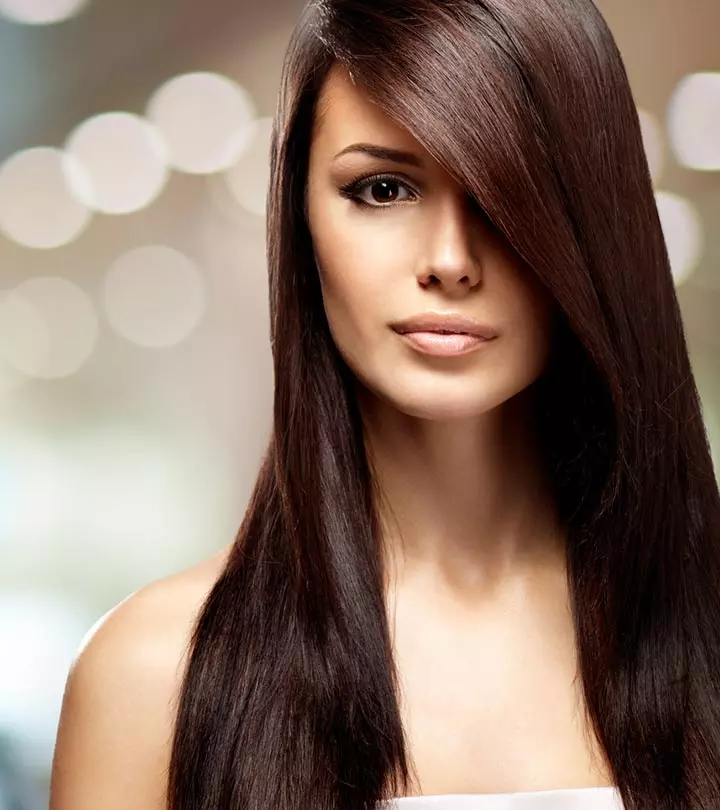
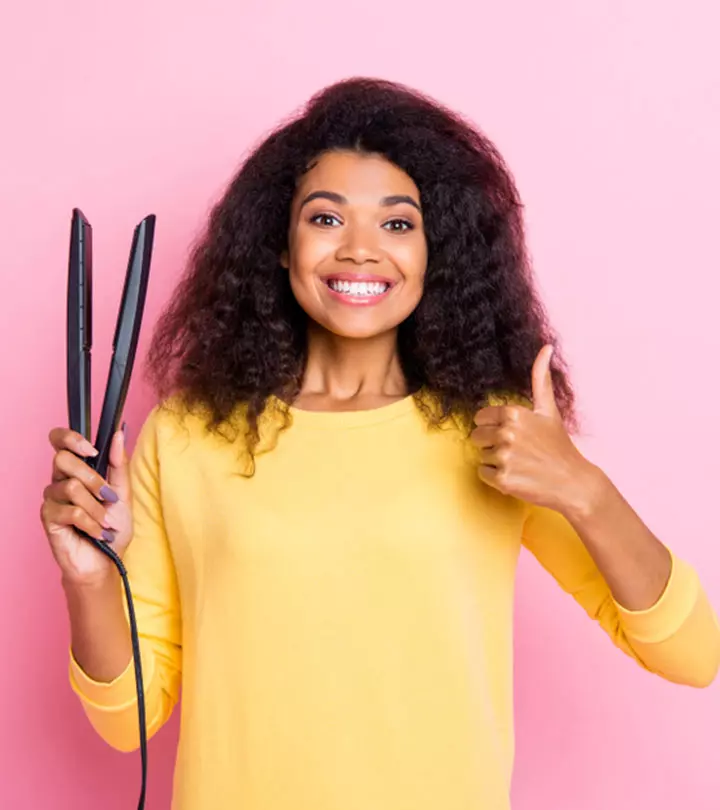
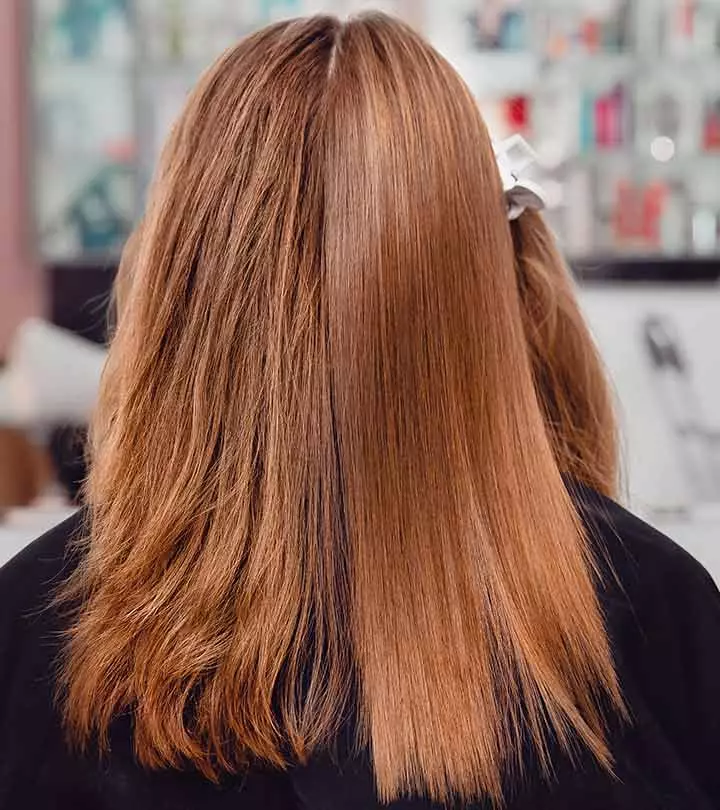
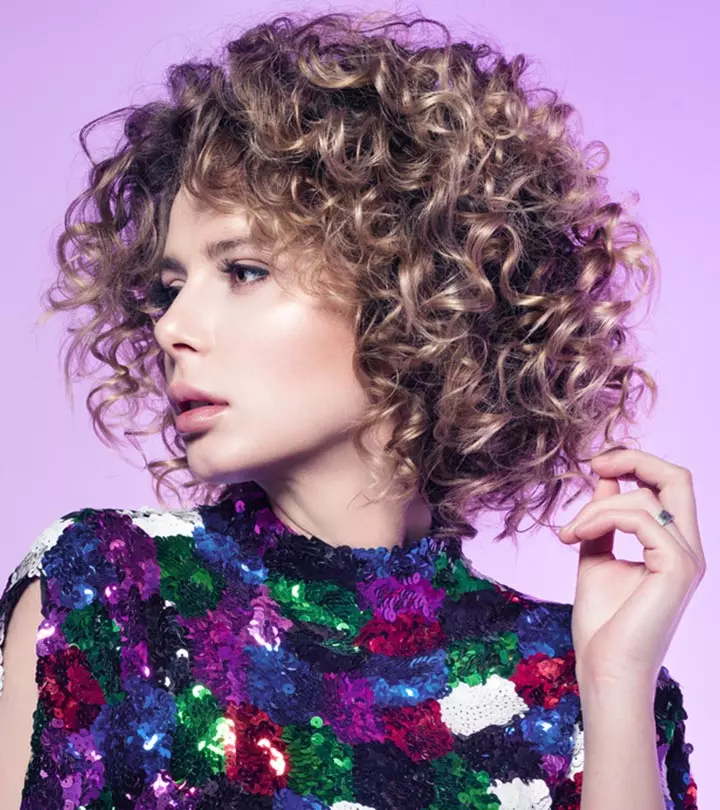

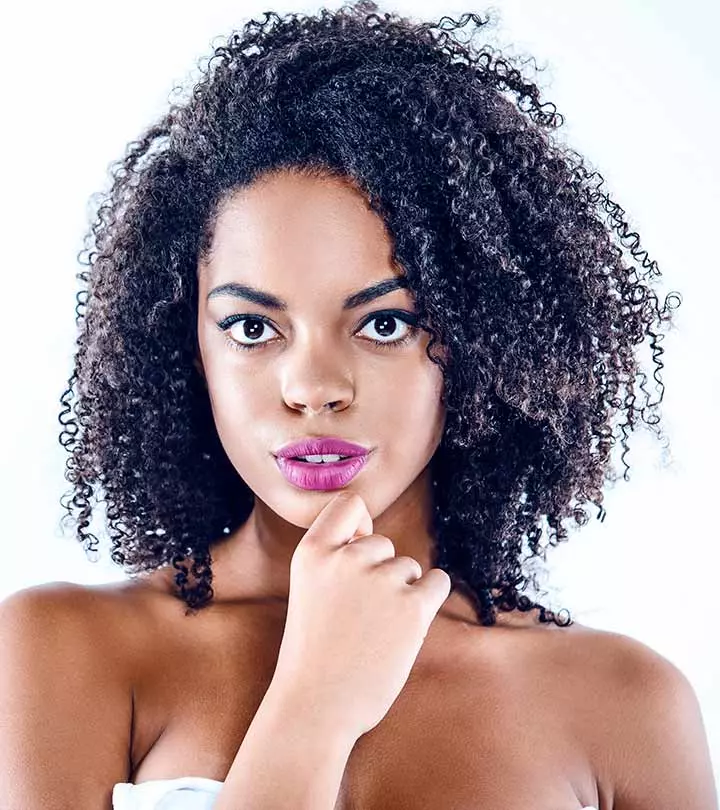
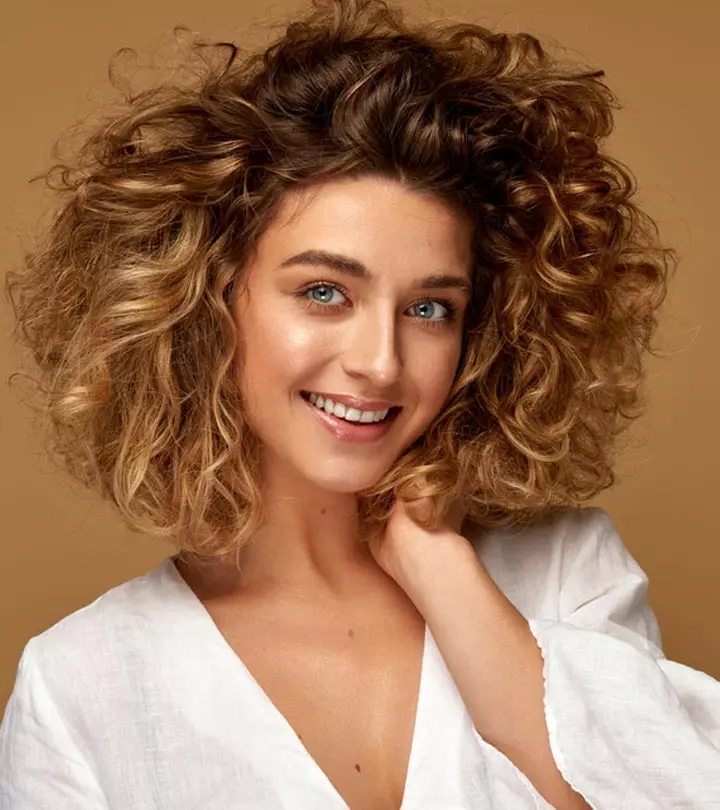
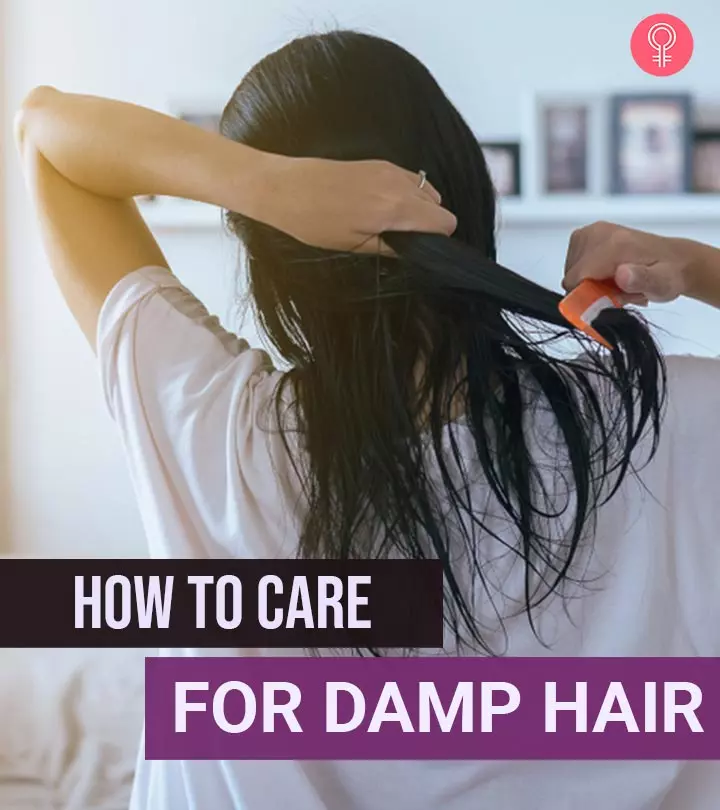
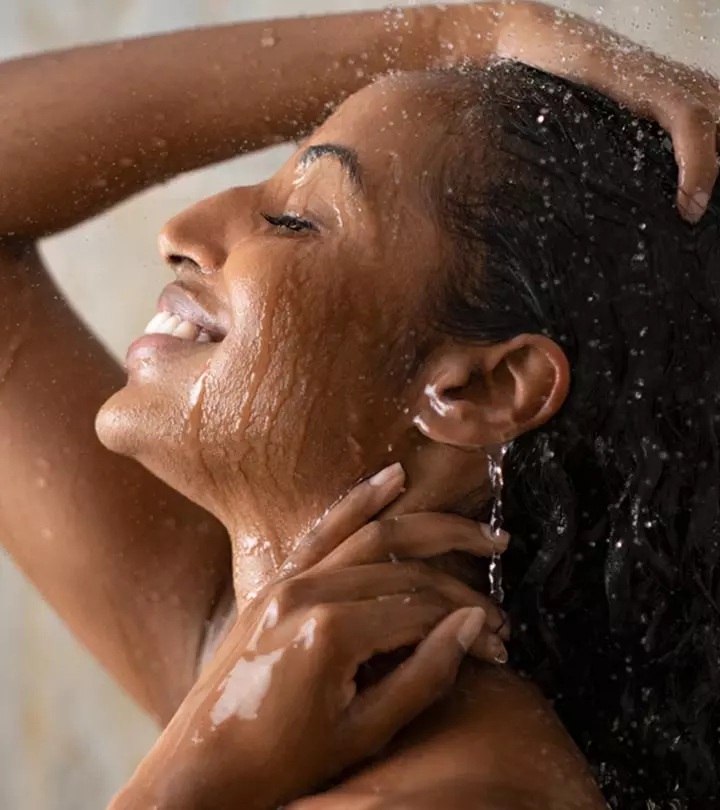

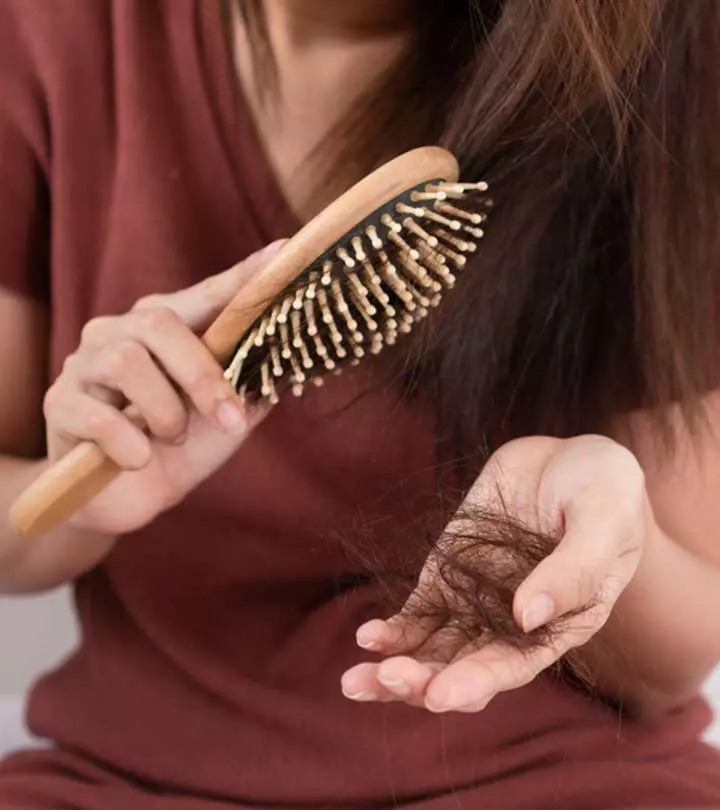
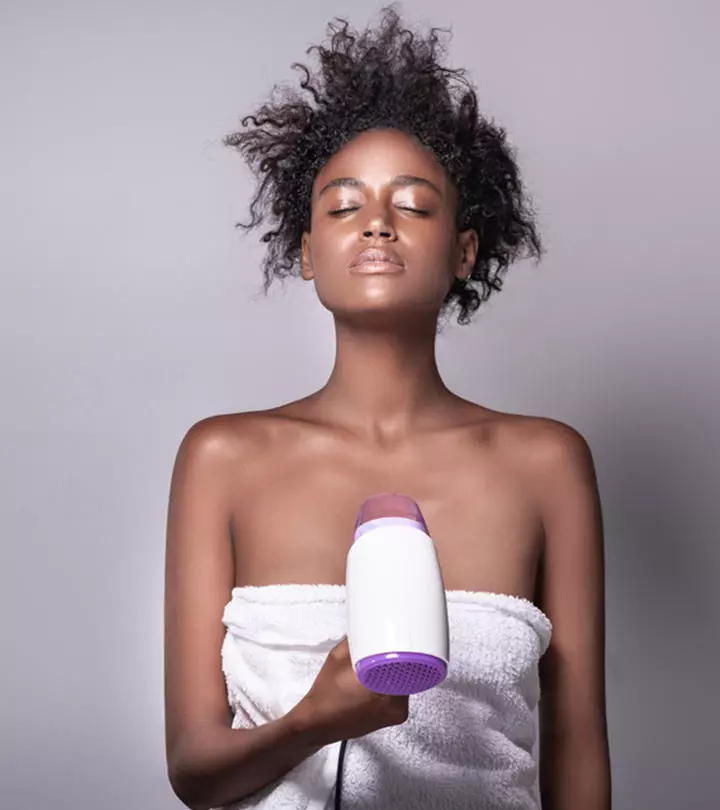

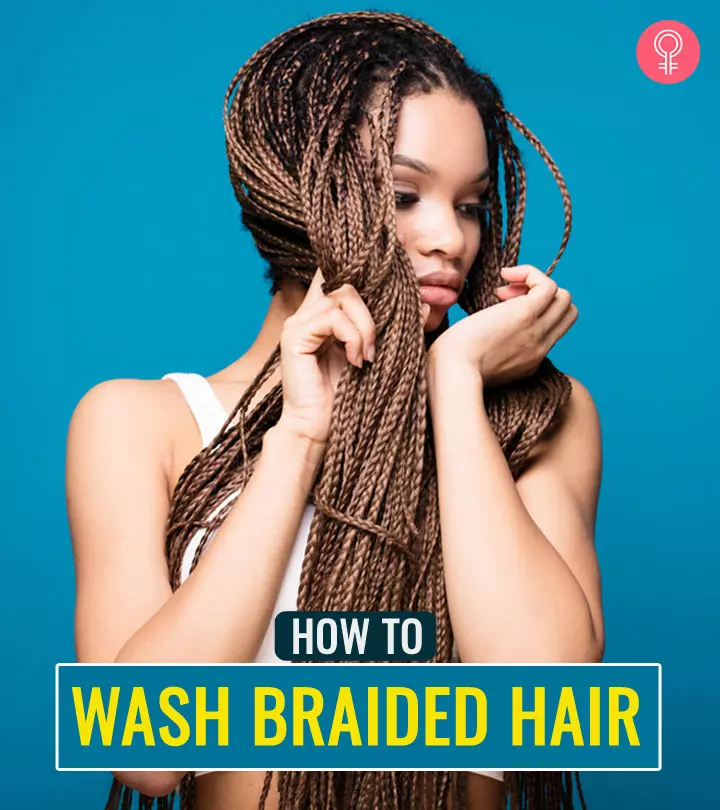
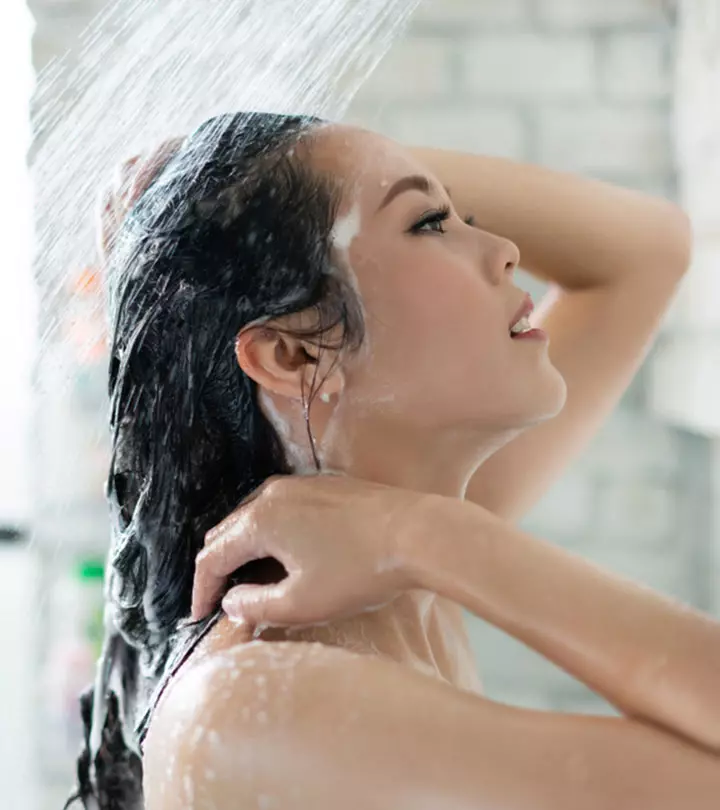
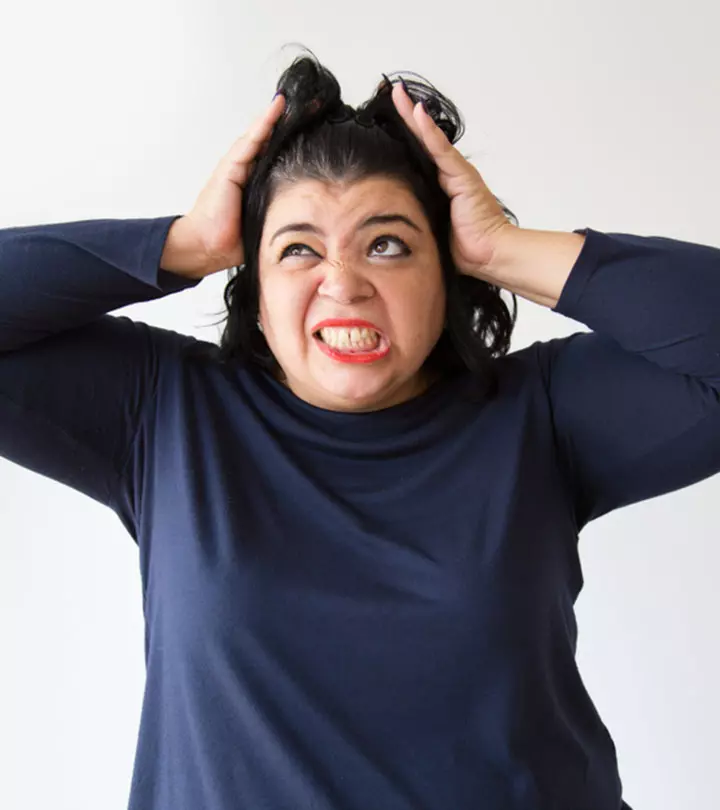

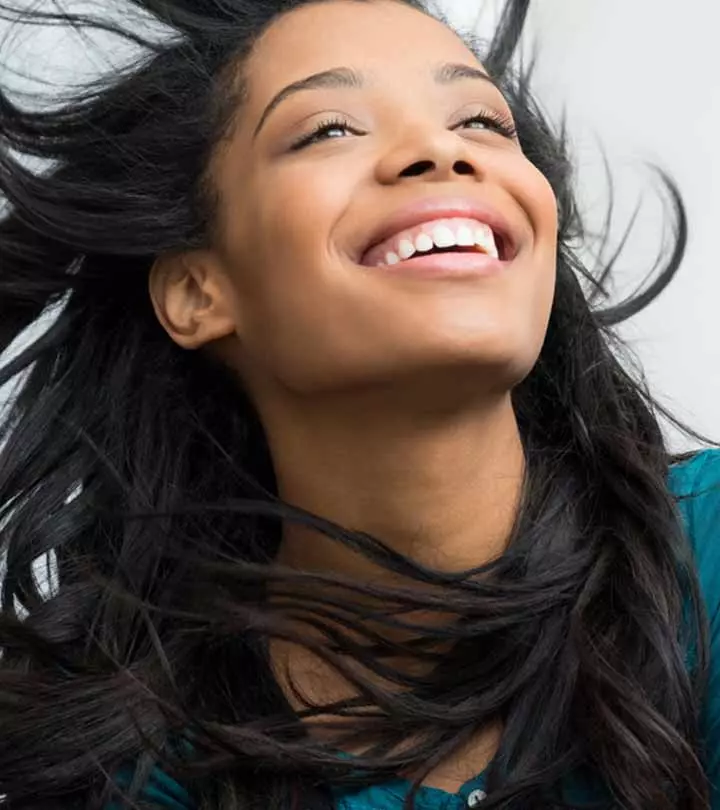
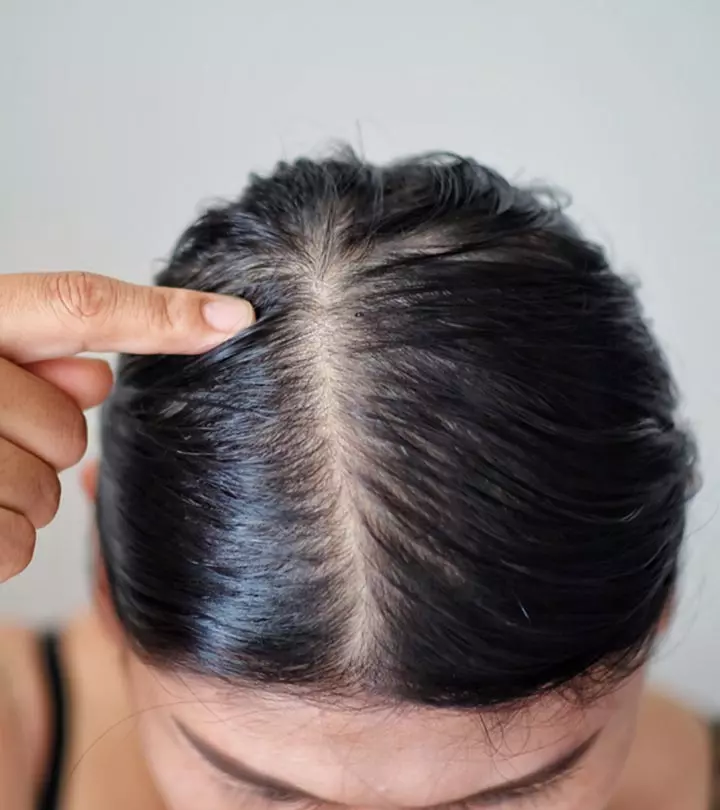
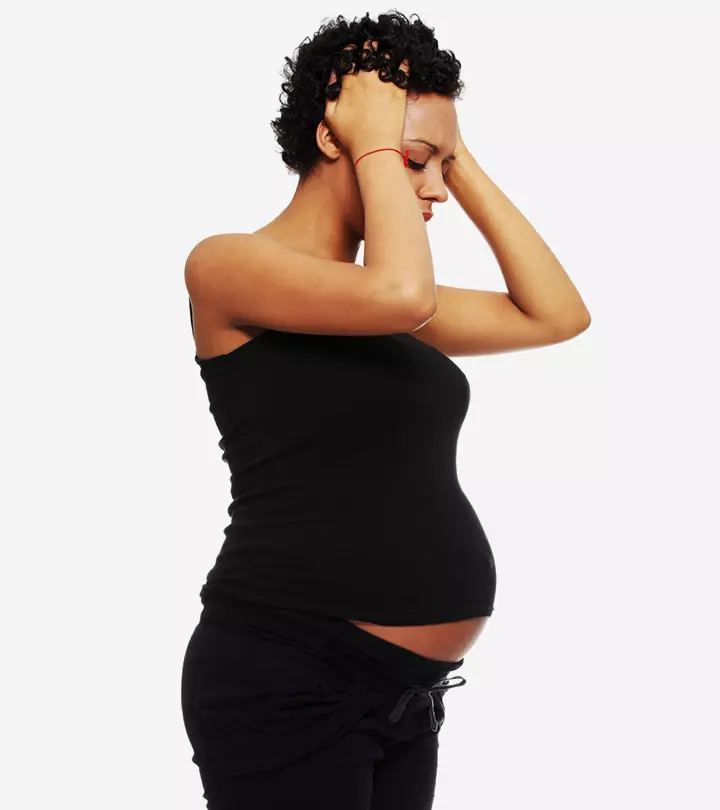
Community Experiences
Join the conversation and become a part of our empowering community! Share your stories, experiences, and insights to connect with other beauty, lifestyle, and health enthusiasts.